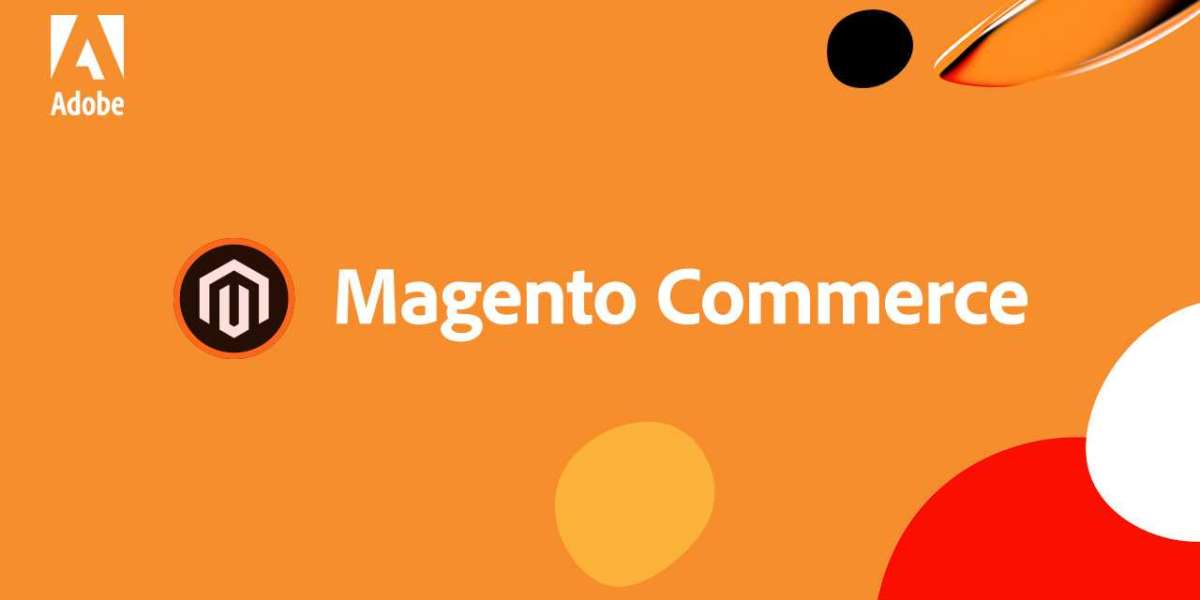Choosing the right Magento version for your e-commerce store is a crucial decision that can impact your business's performance, scalability, and overall success. With multiple versions of Magento available, each offering unique features and benefits, it’s essential to understand the differences and determine which version aligns best with your business needs. In this blog, we will explore the various Magento versions, and their key features, and help you decide which one is the best fit for your online store.
Magento 1: The Legacy Version
Magento 1, the original version of the platform, was a game-changer when it was first released. However, as of June 2020, Magento 1 reached its end of life (EOL), meaning it no longer receives official support or updates. Despite this, some businesses continue to use Magento 1 due to its familiarity and extensive customization.
Key Features:
- Highly customizable with numerous extensions and themes
- Strong community support and resources
- Well-documented for developers
Drawbacks:
- Security risks due to lack of updates
- Outdated technology stack
- Limited scalability and performance compared to newer versions
Best For:
- Businesses that have not yet migrated and are managing small, less critical online stores
Magento 2: The Modern Solution
Magento 2, launched in 2015, brought significant improvements over its predecessor, addressing many of the limitations of Magento 1. With enhanced performance, scalability, and a more user-friendly interface, Magento 2 has become the preferred choice for new and existing Magento users.
Key Features:
- Improved performance and faster loading times
- Enhanced security features and regular updates
- Modern, user-friendly admin interface
- Better support for mobile commerce
- Advanced SEO capabilities
- Flexible and scalable architecture
Drawbacks:
- The steeper learning curve for Magento 1 users transitioning to Magento 2
- Higher development and maintenance costs due to complexity
Best For:
- Growing businesses looking for a scalable, secure, and high-performing e-commerce platform
Magento Open Source vs. Magento Commerce
Magento 2 is available in two main editions: Magento Open Source (formerly known as Magento Community) and Magento Commerce (formerly known as Magento Enterprise).
Magento Open Source:
- Free to download and use
- Ideal for small to medium-sized businesses with development resources
- Offers basic e-commerce functionalities
- Large selection of third-party extensions and themes
Best For:
- Startups and small businesses with limited budgets and technical expertise
Magento Commerce:
- Paid edition with advanced features and dedicated support
- Includes enhanced security, performance, and scalability
- Additional functionalities like advanced marketing tools, business intelligence, and customer loyalty programs
- Cloud hosting options available
Best For:
- Medium to large enterprises requiring robust features and dedicated support
- Businesses looking for a comprehensive, all-in-one e-commerce solution
Magento 2.4: The Latest Release
Magento 2.4, the latest version as of 2024, introduces several new features and improvements aimed at enhancing the e-commerce experience for both merchants and customers.
Key Features:
- Support for PHP 8.1, improving performance and security
- Improved B2B functionalities, including advanced purchase orders and quick order forms
- Enhanced PWA (Progressive Web App) Studio for better mobile experiences
- Security improvements, including two-factor authentication and reCAPTCHA
- Performance enhancements, reducing page load times and improving caching
Best For:
- Businesses looking to leverage the latest technology and features for optimal performance and security
- Enterprises requiring advanced B2B capabilities and mobile optimization
How to Check the Magento Version
Knowing your Magento version is essential for maintaining and updating your e-commerce site. To check the version of your Magento installation, you can follow these steps:
- Via Admin Panel:
- Log in to your Magento Admin Panel.
- Navigate to the footer section of any admin page. Here, you will see the version number displayed.
- Via Command Line:
- Connect to your server using SSH.
- Navigate to your Magento root directory.
- Run the command php bin/magento --version. This will display the current version of your Magento installation.
- Via Code:
- Open the composer.json file located in your Magento root directory.
- Look for the "version" entry, which will display your Magento version.
By regularly checking and updating your Magento version, you ensure that your store remains secure, performs optimally, and benefits from the latest features and improvements.
Migrating from Magento 1 to Magento 2
For businesses still using Magento 1, migrating to Magento 2 is highly recommended due to the numerous benefits and the EOL status of Magento 1. The migration process involves several steps, including data transfer, theme and extension compatibility checks, and thorough testing.
Key Considerations:
- Plan and budget for the migration process, as it can be time-consuming and resource-intensive
- Evaluate your current extensions and themes for compatibility with Magento 2
- Consider hiring experienced Magento developers or agencies to ensure a smooth transition
At last, Choosing the right Magento version for your online store depends on various factors, including your business size, budget, and specific needs. While Magento 1 may still be in use by some businesses, its lack of support and security updates make it a less viable option in the long run. Magento 2, with its improved performance, scalability, and security, is the recommended choice for most businesses. Whether you opt for Magento Open Source or Magento Commerce, understanding the features and benefits of each version will help you make an informed decision that supports your business's growth and success.
By staying updated with the latest Magento versions and features, you can ensure your online store remains competitive and delivers an exceptional shopping experience for your customers.








